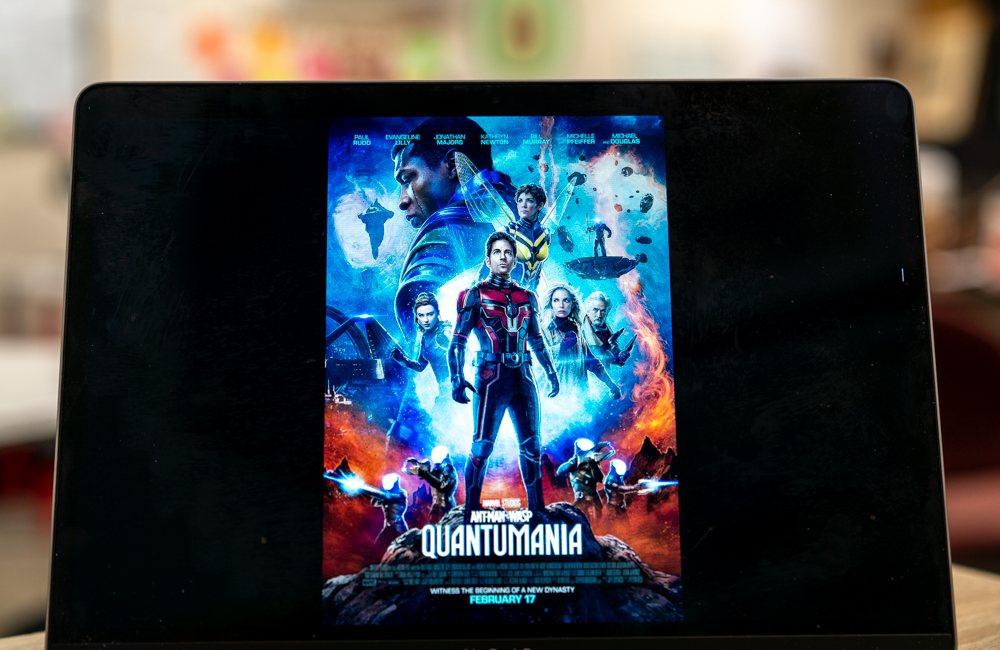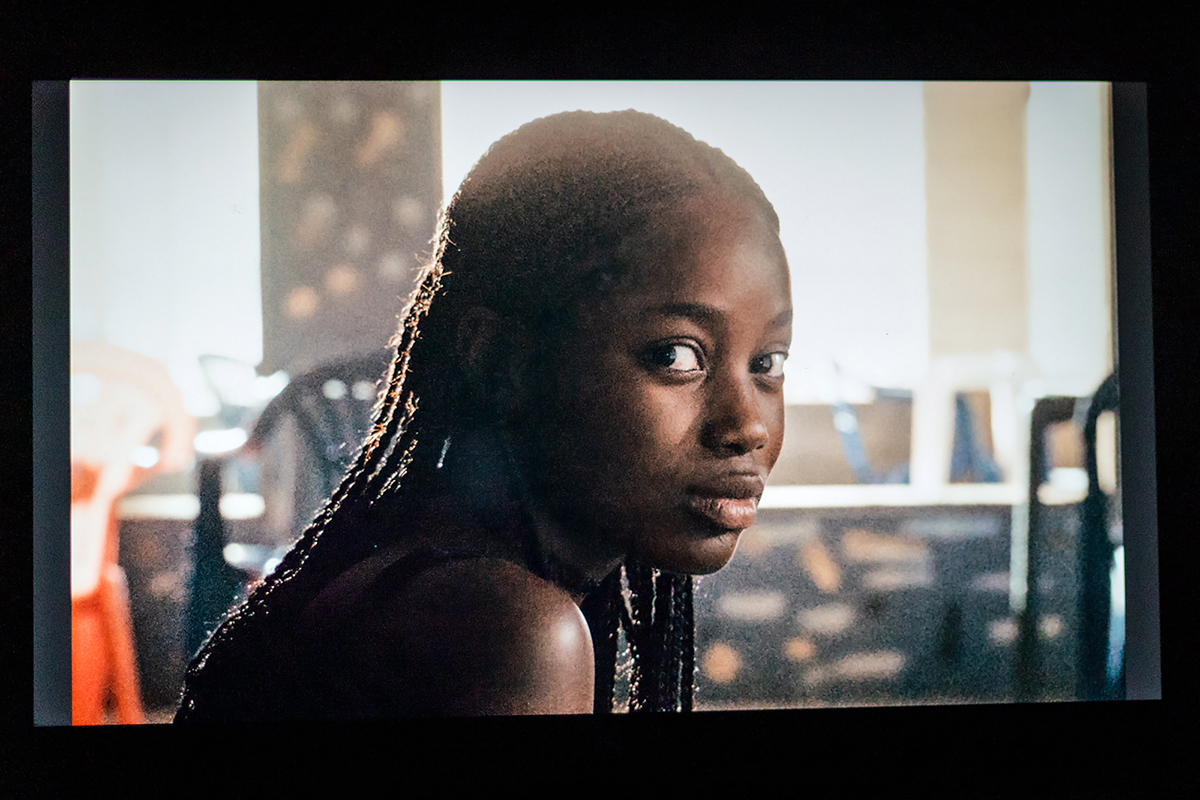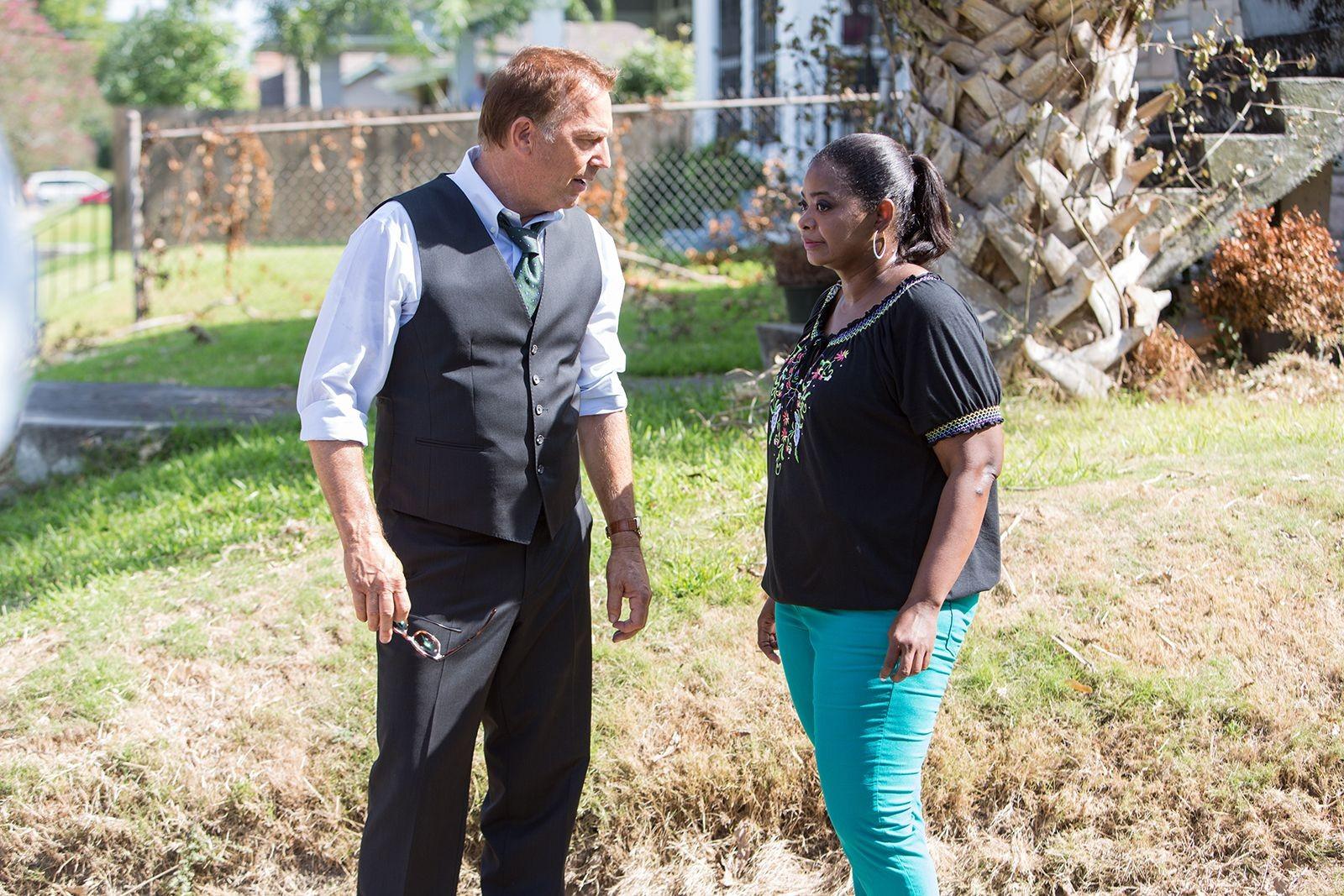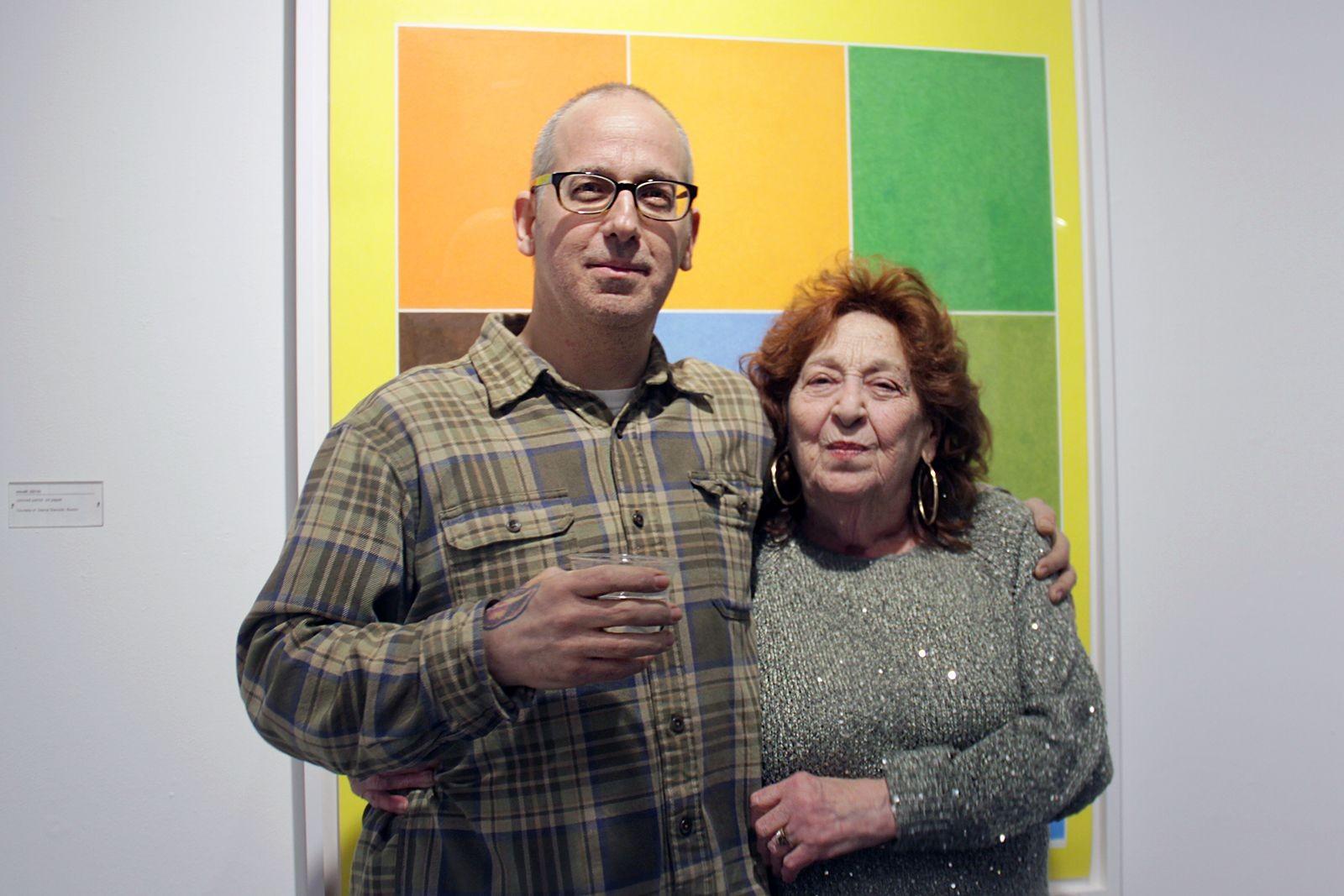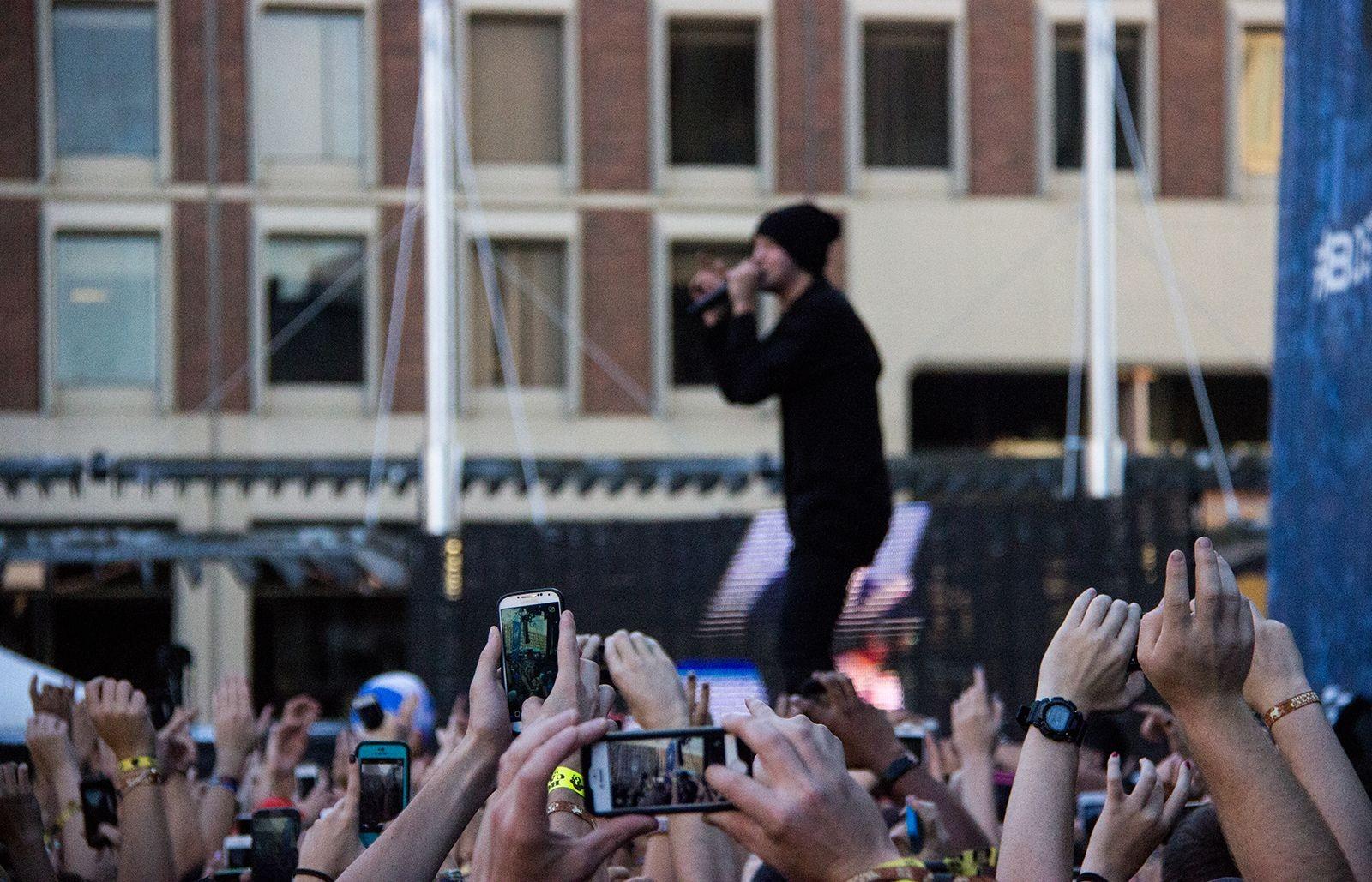The Dark Knight is probably one of the few films in recent years that has gained iconic status. Although Batman Begins was an underrated predecessor, it certainly has not had the same cultural impact as its sequel. Of course, part of the reason The Dark Knight was so successful was the sheer surprise at how compelling it actually was.
The Dark Knight Rises does not have that same luxury of sneaking upon us – this is a movie event and we are expecting the goods. Thankfully, Christopher Nolan delivers.
While many will want it to be, the final installment in Nolan’s series is not exactly like The Dark Knight. There is a significant difference in tone; whereas The Dark Knight excelled in its eerie complexity and morality games, The Dark Knight Rises is an epic and maybe darker, experience.
The story begins with a reformed Gotham, one that has benefited from the “martyrdom” of Harvey Dent and transformed itself from a war zone to a city of peace. Bruce Wayne has become somewhat of a recluse and has retired from his Batman duties. The ruthless Bane arrives in Gotham to shake up the class order that the people of Gotham have become so accustomed to. The story is timely in our political climate, as distribution of the wealth and class relations is a theme that Nolan explores, as well as – of course – terrorism.
Bane is one of the main reasons this movie feels so different from the rest of the series. He’s terrifying, but not creepy like the Scarecrow or maniacally charismatic like the Joker. His sheer physicality and brutality make him an obvious villain, and his loyal followers add to his threatening nature. Watching him physically test Batman made him all the more terrifying, with one brutal fight causing me to brace myself every time Bane stepped on screen afterwards. Hardy only has his eyes to express himself, as Bane is dependent on a quasi-oxygen mask, and he succeeds in conveying a range of emotions throughout. My only grievance? In some scenes it is incredibly difficult to understand what he is saying, whereas in others it is crystal clear.
Along the way we meet Selina Kyle, played by Anne Hathaway, a jewel-thief who only looks out for her own interests. Fans were apprehensive about this casting considering the complicated and seductive nature of the character better known as Catwoman, but Hathaway was witty but heartbreaking, and added a good amount of slinky sexiness necessary for Selina Kyle. Some of her sexy delivery seemed a little labored, (“I’m adaptable” is particularly cringe-worthy), but I would venture to say it had more to do with some clunky dialogue than the acting. Hathaway especially excelled in her fight scenes – in fact, those were the scenes in which I was most sold on her portrayal. I do wonder however, how anyone could be comfortable fighting in the skintight getup she was dressed in.
Joseph Gordon-Levitt plays a detective who has not lost faith in Batman, and he gives the film the heart it needs to offset Bane’s dark presence. Two other standouts are Marion Cotillard and Michael Caine, who is entrusted with what is arguably the most emotional scene in the entire film, in which he beautifully balances guilt and overwhelming sadness without becoming overwrought.
Acting aside, the visuals alone are worth the price of admission. Nolan’s strength often lies in his gorgeous images, and he takes advantage of the IMAX screen, giving us the most stunning shots of Gotham yet. Although the film is extremely long and takes a while to get started, it moves at a quick pace once it gets going and culminates in a show-stopping climax that is truly enrapturing.
Hans Zimmer’s score is rousing and thumps through some of the scenes to a fault, but the impeccable sound design still stands out. Each punch sounds so good you feel it. Technically, this film is very accomplished.
Throughout the narrative we are treated to references to the two previous films of the trilogy, with a few cameos from some amazing characters from Batman’s past. Yet, Nolan still manages to make room for reinvention, Batman’s new mode of transportation included, which makes The Dark Knight Rises its own.
It’s not perfect, but The Dark Knight Rises is a movie that is meant for the theatres. It’s not a typical Batman story, Bruce Wayne’s physical presence onscreen is experimented with, but this gives room for an exploration of the other characters and the values for which Gotham stands. A friend of mine mentioned that this film rings the most “American” of the trilogy. With references to American football and the national anthem, that is definitely evident, but the values it explores are universal. This is an epic story that uses those universal values, of sacrifice and bravery, and asks for that in everyone, not just the Batman.
It may not be the best film of the trilogy, but it’s a remarkable way to end it.





















































































































